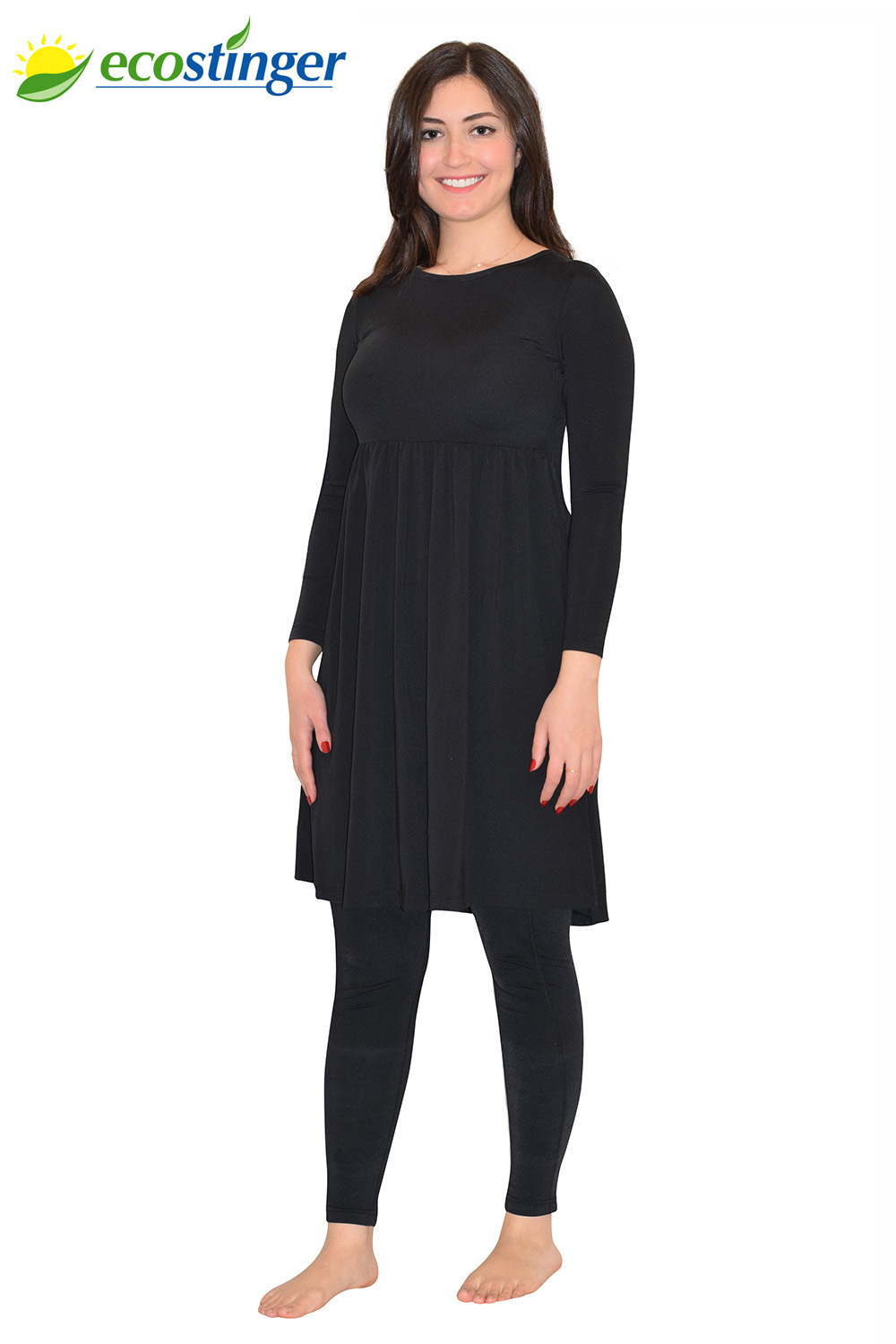Cover Up Swimsuits
Posted by ecostinger on 16th Dec 2016
To most people, Skin freckles are unpleasant spots on the skin and affect the outlook. The improvement of science and medical has seen many remedies of removing or reducing freckles on the skin. The three most common medications are through laser operation, chemical peels, and natural freckles removal cream. The former two methods are more expensive, while the latter choice is probably the most cost-effective.
Laser freckle removal is one of the most efficient ways of getting rid of freckles. This approach utilizes laser beam with controlled energy and directs towards the freckle spots. The laser beam diminishes the melanin pigments residing underneath the skin and freckle spots will then disappear. Green lasers are widely used as it is the most effective. Depending on the severity of freckle spots (location/depth of melanin pigments in the skin, the duration which they have existed), the duration and difficulty may vary. In general, most patients will experience the slight amount of skin irritation after the laser is performed, but will usually last no more than two weeks. To ensure long-lasting results, the patients are advised to take special care of the skin by appropriate usage of sunblock creams (if sun exposure is inevitable). It must also be noted that this treatment may not be permanent, as subsequent prolonged exposure to the sun will make the freckles to reappear.
Chemical peel is another way for freckle removal and is widely used for many skin improvements, including freckles, acne, blemish, etc. Usually applied in a doctor's office or surgery center, skin surfaces under treatment are thoroughly cleansed, and chemical peels are applied. Some of the common chemicals used are glycolic, salicylic, carbonic or lactic acids. Upon application of the peel, they dissolve on the skin surfaces and create a "blistering" or "peeling" effect after the peels are removed. The "peeled off" skin surfaces will regenerate themselves and look younger, with fewer spots and blemished. Slight skin irritation may take place such as redness and itchiness on the applied skin. In some cases, bandages may need to be applied. The discomfort will usually last for several days but will eventually disappear. Similar to laser treatment, the patient must practice caution and care by avoiding direct sunlight. If needed, a dermatologist may prescribe oral medicines for faster recovery.
Another popular skin freckle removal remedy is the use of freckles removal cream. These freckle removal creams are usually off-the-shelf products or organically-produced at home. The choice is a personal thing - some would prefer popular off-the-shelf products that have proven track records while some others may prefer organic stuff that is more natural and less chemical. Depending on the severity of freckles, the effectiveness of these creams may vary. A common rule of thumb is to opt for freckles removal cream that contains the following ingredients: Kojic Acid and Arbutin. These ingredients have proven results and are safe. Be extremely cautious, however, to the use of Hydroquinone, which is one possible causes of cancer. For those who prefer home-made stuff, sour milk or lemon juice are excellent ingredients for face wash in freckle removal. One can also try to mix some amount of parsley juice and lemon juice, coupled with daily face wash cream and it produces amazing fading results with consistent use.
Cover Up Swimsuits
Cover Up Swimsuits
Very Important!
Sun protection clothing, sun
hats and sun protective swimwear ratings are measured in UPF; do not be
misled by the wrong rating term:
Ultraviolet protection factor (UPF) is a measure of the protection provided by clothing fabrics.
Sun protection factor (SPF) is a measure of the protection provided by sunscreens.
Eye protection factor (EPF) is a measure of the protection provided by sunglasses and other eye wear.
Ultraviolet Protection Factor (UPF) is used to indicate the fraction of the UV rays from the sun that can penetrate a fabric. It represents the percentage of UV rays that can reach the skin with and without protection from clothing. For example, a long sleeved shirt that has a UPF of say 50 can only allow 1/50th UV radiation from the sun to the skin.

